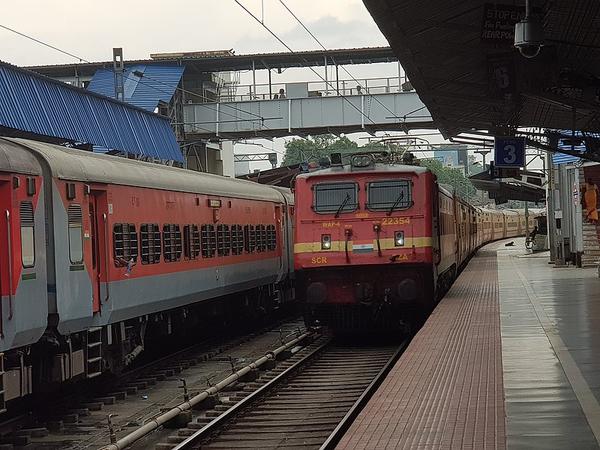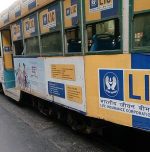Concerns about Kavach’s limited implementation

The recent tragic train accident in Odisha has shocked the nation, claiming nearly 280 lives and leaving over a thousand people injured.
Many are questioning whether this disaster could have been prevented if the Kavach system for train protection had been implemented.
Opposition leaders are expressing their concerns about the absence of the Kavach system on the Coromandel Express, which collided with a stationary goods train in the Balasore district.
They point out that only a mere two per cent of all trains in India are equipped with the Kavach technology, which has the potential to prevent collisions and derailments. Unfortunately, the route of the accident did not have Kavach implemented.
Currently, the Kavach system is operational in the South Central Railway zone, covering Maharashtra, Telangana, Karnataka, and Andhra Pradesh. It is also being implemented on the Delhi-Mumbai main line and the Delhi-Howrah main line as part of the Mission Raftaar initiative.
However, out of the approximately 13,169 passenger trains that run daily in India, only 65 locomotives, 1445 km of routes, and 134 stations are equipped with the Kavach system.
The Congress party claims that the low implementation rate of Kavach is a significant concern. The Indian Railways is one of the world’s largest railway networks. It should prioritize the widespread adoption of this potentially life-saving technology.
The government must take proactive measures to ensure the safety of passengers and prevent such tragic accidents from occurring.
The Kavach system is designed to prevent rail accidents caused by faulty signalling. However, experts believe that it would not have been able to prevent the Odisha train accident due to a failure in the electric interlocking system.
Nonetheless, the Kavach technology is intended to automatically apply brakes and slow down trains when it detects a potential collision or derailment.
Implementing the Kavach system on a larger scale can significantly enhance the safety of train operations across the country.
While the Kavach system may not have prevented this specific accident, its widespread implementation has the potential to prevent future mishaps by automatically applying brakes and mitigating collision risks.
The government must prioritize the expansion of the Kavach system to protect the lives of millions of train passengers in India.
Image Credit: Ravi Dwivedi, CC BY-SA 4.0, via Wikimedia Commons
You may also like
Image Reference: https://commons.wikimedia.org/wiki/File:Train_entering_Thiruvananthapuram_Central.jpg
Recent Posts
- Ludic steps up with a playful, comfortable slider collectionThe Indian footwear market continues to evolve as young startups bring fresh ideas and bold design philosophies. Ludic, a footwear-first lifestyle brand, stands out in this space with its playful…
- Why travel insurance may fail after policy expiryTravel insurance, however, does not automatically extend in such cases.
- Mito Plus: India’s breakthrough in indigenous 3D bioprintingMito Plus was launched at the Bengaluru Tech Summit in 2022.
- Ludic steps up with a playful, comfortable slider collection
What’s new at WeRIndia.com
News from 700+ sources
-
25 pc Increase in Terror Incidents in 2025 in Pakistan, Think Tank Report Says
-
4.80 crore cases pending in lower courts across India, Law Minister tells Rajya Sabha
-
Chief Minister assures women employees of declaring September 13 as Women Employees Day
-
Balakrishna Invokes MGR, Sivaji Ganesan at Janmabhoomi
-
Shops allegedly sold chemicals to Red Fort blast accused sealed
-
Russia Restricts FaceTime, Its Latest Step in Controlling Online Communications
-
WeRIndia – A News Aggregator
Visit werindia.com for all types of National | Business | World | Politics | Entertainment | Health related news and much more..










Leave a Reply